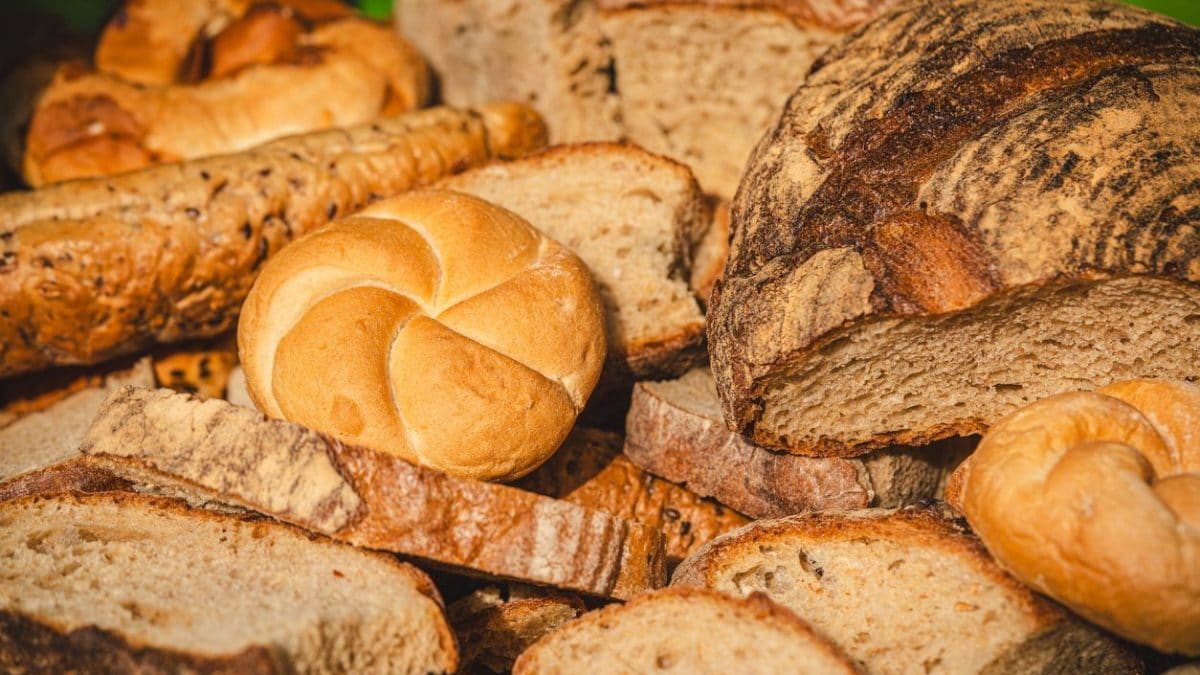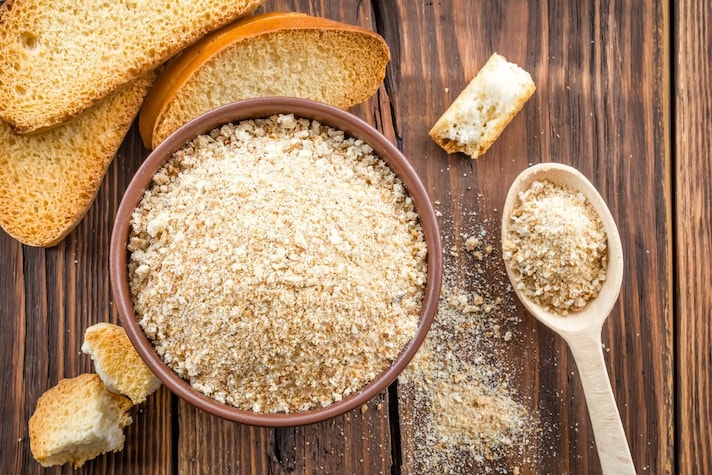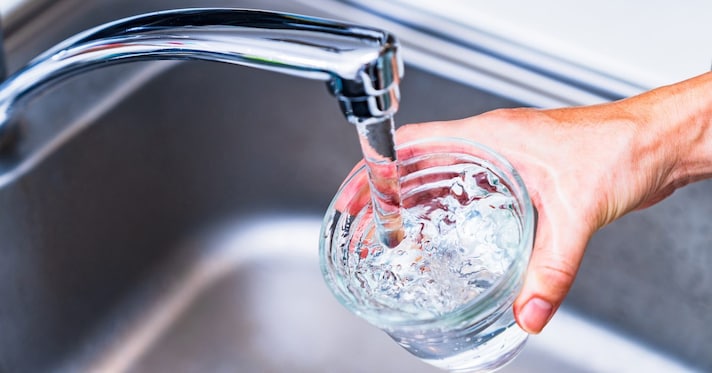
When you have leftover fresh bread, don't throw it away the next day. In many cuisines, stale bread can be used to prepare many recipes: from meatloaf (the most common), to canederli and pappa al pomodoro, to pizza di pane or breadcrumbs. But would you ever have imagined using it to make water drinkable? This is what a group of scientists from Saint Vincent College, the University of Pittsburgh, and the University of Pennsylvania discovered. The researchers, in fact, managed to desalinate water, making it drinkable using stale bread.
The Results of The Study
Published in the journal The Royal Society Open Science, the key factor, according to this study, is carbon. Found in bread, it has been transformed into electrodes, or electrical conductors that can desalinate water. At first glance, it might seem simple to understand, at least for those with a basic understanding of chemistry. Among the researchers was Professor Adam Wood, already known in academic circles for being among the first to discover the scientific potential of stale bread.

The professor had, in fact, published a study demonstrating the possibility of transforming stale bread into carbon electrodes. Therefore, in this research, he was already aware of certain types of results that could be achieved after several experiments. Specifically, Wood employed two experimental strategies. The first involved using a 3D mold to give the bread a specific shape and then heating it to 1472°F/800°C for an hour, accompanied by a flow of nitrogen. The scientists' goal was to form a solid carbon electrode.

The second method was slightly different from the first, but still used stale bread. The scientists mixed it with water in a blender, molding it into a shape similar to that of the first method, and then heated it to 1472°F/800°C in the absence of oxygen. The result, according to the researchers, should have been the same, but they believed that, with the second method, the models would be more resistant and precise. The goal of the research is to mass-produce the bread electrode and then develop low-cost desalination systems. This result, despite the rosiest of expectations, would significantly reduce food waste.
;Resize,width=767;)
